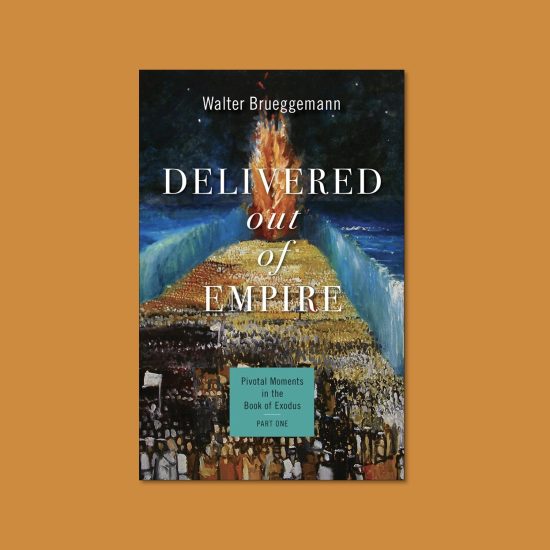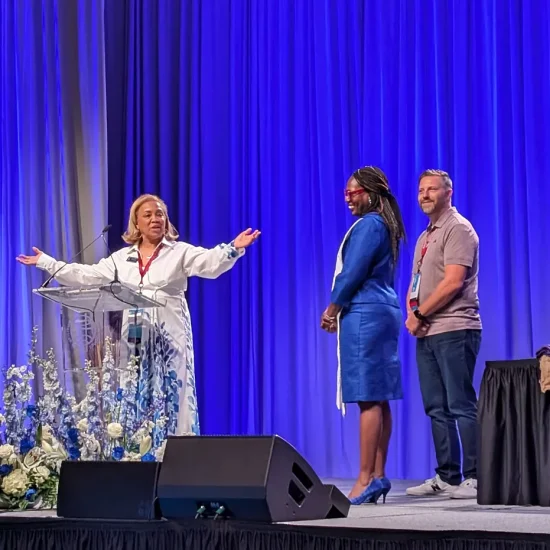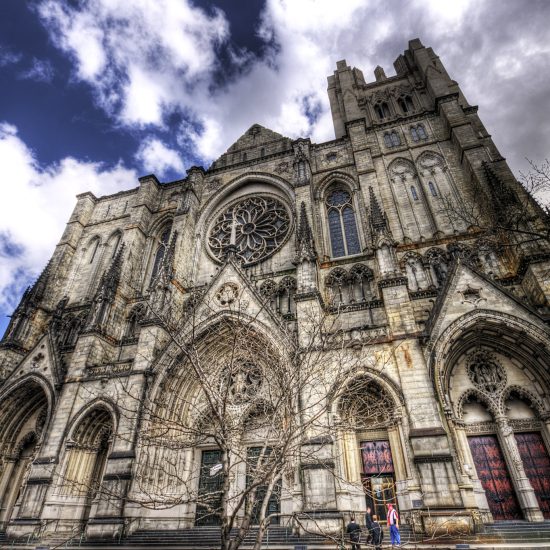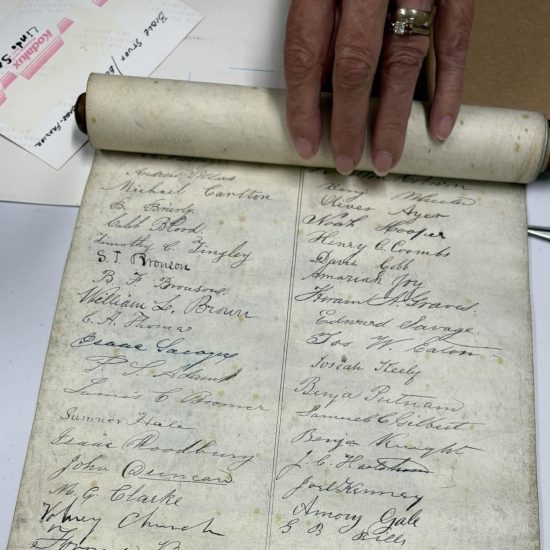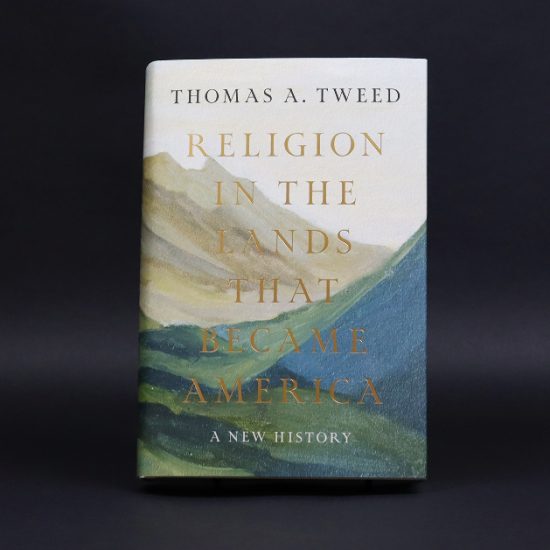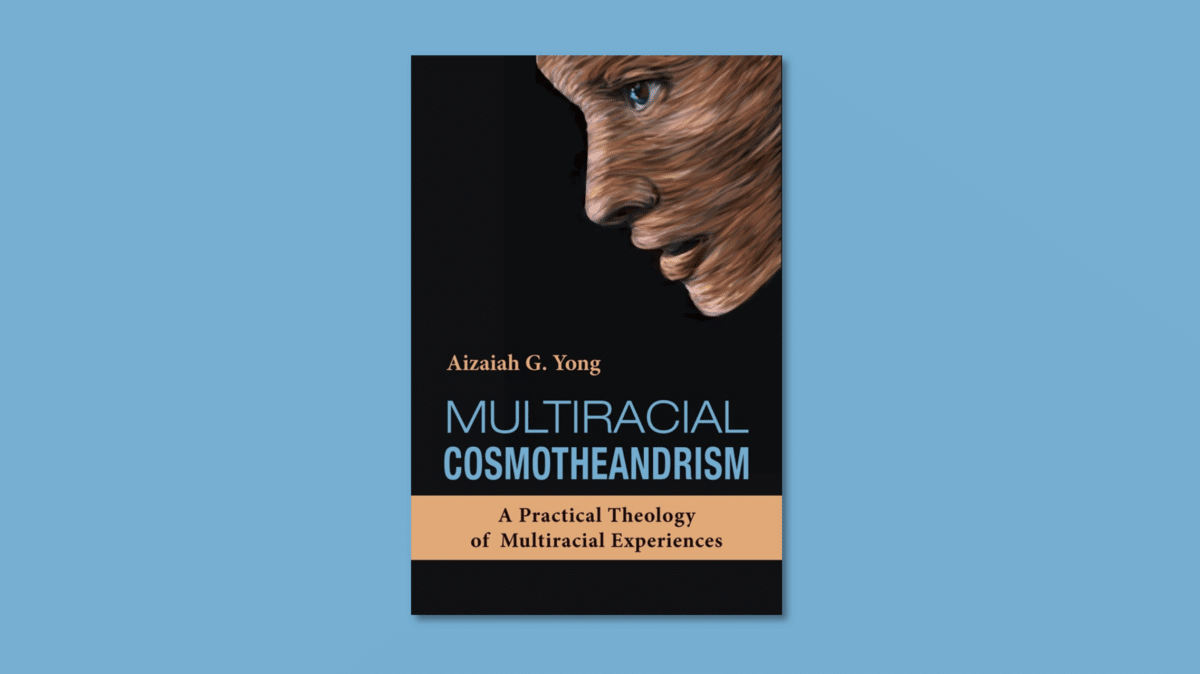
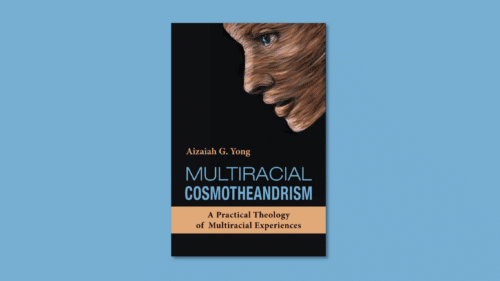
MULTIRACIAL COSMOTHEANDRISM: A Practical Theology of Multiracial Experiences. By Aizaiah G. Yong. Maryknoll, NY: Orbis Books, 2023. X + 206 pages.
We all face questions of identity. From an early age, we start asking: Who am I? We wonder what contributes to our identity—gender, ethnicity, etc. So, what if one is multiracial or mixed race? How does that impact one’s sense of identity? Until recently, census forms gave people binary choices. You couldn’t acknowledge the multiple ethnicities that one might have. So, what if you don’t want to choose between ethnic identities? That is, what if, for example, your parentage is Chinese and Mexican? What if you want to own your full identity? The question facing us in places like North America and Europe is whether we’re ready to affirm the full identity that members of our societies possess. Further, where do spirituality and theology fit into this conversation?
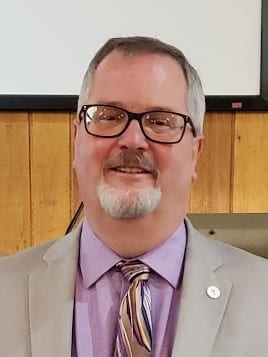
Robert D. Cornwall
Among those who have sought to explore these questions is Aizaiah Yong, who explores the question of multiracial/multiethnic identity as an expression of practical theology. Aizaiah Yong is an assistant professor of practical theology at Claremont School of Theology, where he received his Ph.D. Multiracial Cosmotheandrism is his first book, which is based on his dissertation. Pertinent to this conversation: Yong is multiracial himself. His father is Malaysian of Chinese descent, and his mother is of Mexican descent. In this book, Yong seeks to own and understand what that means, not only for himself but for others. The goal here is to offer a pathway to healing and justice for all who are of mixed race.
In laying out this book, Yong notes that practical theology commonly turns to disciplines outside theology. Since the reality of racism in our society stands at the heart of this book, Yonge makes use of resources that allow him (and us) to explore more fully the meaning of race and racism as it contributes to the question of identity. To do this Yong makes use of critical race theory (CRT). More specifically, he makes use of the interdisciplinary field of critical mixed-race studies (CMRS). Using this field, he addresses the black/white binary that is often part of critical race work, which often leaves mixed-race persons invisible. As for practical theology, Yong notes that his discipline adds the goal of empowerment and transformative action to the conversation. Additionally, he makes note of the importance of spirituality in the process of social change. Therefore, this is truly a multi-disciplinary work.
Playing a key role in Yong’s effort to develop a practical theology of multiracial experiences is the life and work of Raimon Panikkar, who was himself of mixed race. Panikkar’s father was Spanish and Catholic, while his mother was Indian and Hindu. Yong draws on Panikkar both as a theologian and as a mystic. It is here, Panikkar’s mysticism, that contributes to Yong’s inclusion of contemplation as a foundation for this work of practical theology. For Yong, Panikkar addressed the “underrepresentation of nonwestern perspectives in dominant theological and philosophical discourse, the increasing awareness and acceptance of vast cultural diversity in the world, and the central role of mysticism and spirituality in the flourishing of Life” (p. 17). Summarizing the purpose of the book, Yong writes that with this book he “prioritizes and reflects on a variety of multi/racial experience(s) and seeks to support them with the life, philosophy, and mysticism of Raimon Panikkar and the methods of critical mixed-race studies and practical theology” (p. 30).
After Yong’s lengthy introduction that invites us to consider the nature of multi/racial experiences, Yong’s first chapter invites us to contemplate multi/racial experience(s) in the United States. As he does with each chapter, including the introduction, he provides an excerpt from his daily journal that personalizes the discussion that follows. Here he identifies himself as being cisgender, heterosexual, and both Chinese-Malaysian and Mexican-American. In this opening chapter he notes his own experience of the first time he was consciously racialized. It happened on the basketball court as someone yelled at him “Look, it’s Yao Ming!” He realized that this was not a statement of his basketball skills but because he looked Asian. Over time he discovered that he didn’t fully fit in either non-Asian or Asian settings because he was mixed-race. Because he looks Asian, he rarely got to identify with his Mexican American roots. Thus, in this first chapter, Yong explores the experiences of multiracial persons, using critical mixed-race studies as the foundation for this effort. Thus, he writes that this opening chapter “is clear that multiraciality is a social construction and fluid in nature, consistently embracing the experience of ‘the borderlands’ as foundational to one’s self-understanding and actions for social justice” (p. 62).
Chapter 2 introduces us to Raimon Panikkar as a “mixed-race prophet. In this chapter, Yong presents us with the life and legacy of Panikkar. He points us to Panikkar’s embodiment of his mixed-race identity, which includes Panikkar’s concept that is found in the book’s title—Cosmotheandrism. Regarding Cosmotheandrism, a concept/word that might be unfamiliar to many (including this reviewer), Yong writes that what he seeks to do here is reflect “on the nurturing associations of Panikkar’s life as Cosmotheandrick–human in his intra-and interpersonal relationships, cosmic through his participation in ecosophy, and divine in touch with the mysticism of Jesus Christ.” (p. 65). This is reflected in Panikkar’s own experience of interreligious dialogue and multi-religious identity. Thus, this leads to Yong’s envisioning what he calls multiracial Christophany, a “radical and spiritually oriented way of tending to suffering in the world, particularly racialized experiences and race-based oppression” (p. 97).
Having explored Panikkar’s life and legacy in Chapter 2, Yong uses Chapter 3 to begin putting things together. Here he seeks to transform multiraciality through mysticism, using a program he created as part of his doctoral program that involves what he calls MCAM, a “virtual, four-week spiritual formation program.” This program involved plenary teaching, introspection through journaling, group dialogue, and guided mediation. These elements were approached using Panikkar’s cosmotheandric vision. Each participant in this program was of mixed race. Having laid out the program in Chapter 3, in Chapter 4 Yong builds on that discussion by laying out more fully his vision of Multiracial Cosmotheandrism, that is, a practical theology for multiracialtiy. This involves the use of a “triadic contemplative dialogue between the lived experiences and spiritualities of mixed-race people (who occupy life at the intersections of racial, ethnic, religious, and cultural traditions), the cosmotheandric life of Raimon Panikkar, and the qualitative findings from a newly fashioned spiritual formation program (MCAM)” (p. 145). The remainder of the book involves four appendices that provide the background for the program Yong created.
As a reviewer who is white (European-American), cisgender, and heterosexual, I have not experienced the kinds of challenges faced by those whose backgrounds are mixed race or mixed ethnicity. I may ponder what it means to be of English, Irish, Dutch, and German descent, but at the end of the day, my experiences are quite different from those experienced by Aizaiah Yong. Thus, this is an intriguing book because it serves as a reminder of what it means to be of mixed race. Through his work as a practical theologian, Aizaiah Yong seeks to use his own experiences as a foundation for helping others understand and own identities that can be complex. As a result, he asks that these complex identities be honored. The use of Panikkar is intriguing as well. I look forward to seeing more future work on this from the author. I need to note here that Yong’s work, drawing as it does not only on Panikkar’s mysticism but also on Critical Multiracial Studies (an extension of Critical Race Theory) provides an important response to those who have purposely misrepresented CRT and intersectionality. It responds to the belief that to be a good citizen or a good Christian we have to set aside our full identities. If assimilation means setting aside our full identities, then it is something that must be resisted so that social justice can occur as well as healing. It will be interesting to see where Yong takes these concepts in the future. For now, in Aizaiah Yong’s Multiracial Cosmotheandrism, we have the foundational work so that practical theology can address important questions of identity and self-understanding.
This review originally appeared on BobCornwall.com.
Robert D. Cornwall is an ordained minister in the Christian Church (Disciples of Christ). Now retired from his ministry at Central Woodward Christian Church (Disciples of Christ) of Troy, Michigan, he serves as Minister-at-Large in Troy. He holds a Ph.D. in Historical Theology from Fuller Theological Seminary and is the author of numerous books including his latest “Second Thoughts about the Second Coming: Understanding the End Times, Our Future, and Christian Hope” coauthored with Ronald J. Allen. His blog Ponderings on a Faith Journey can be found at www.bobcornwall.com.

